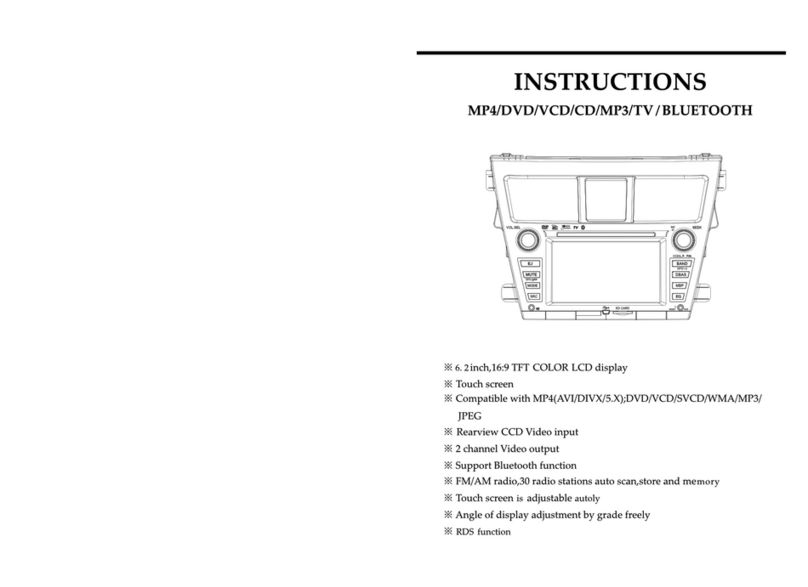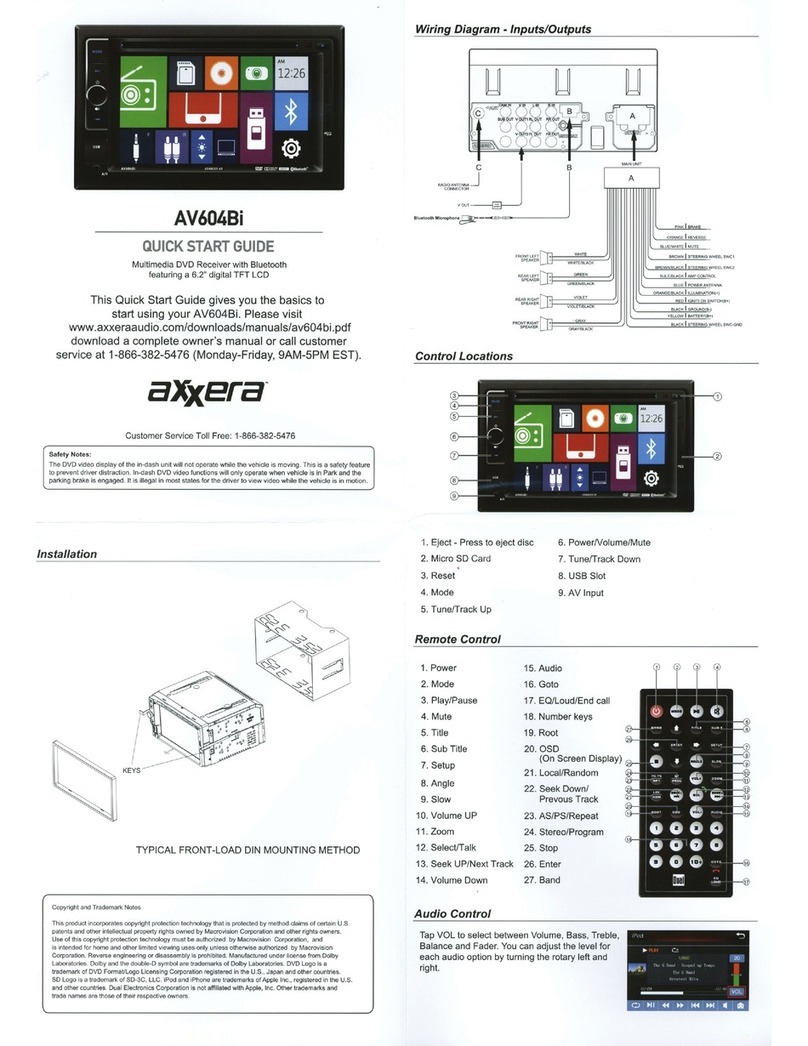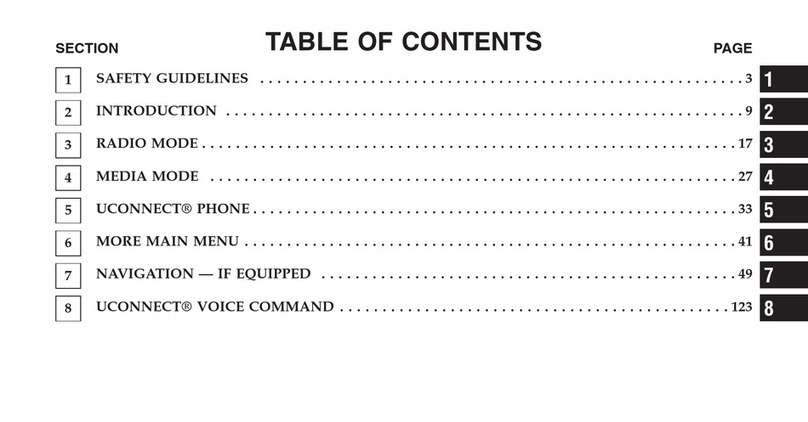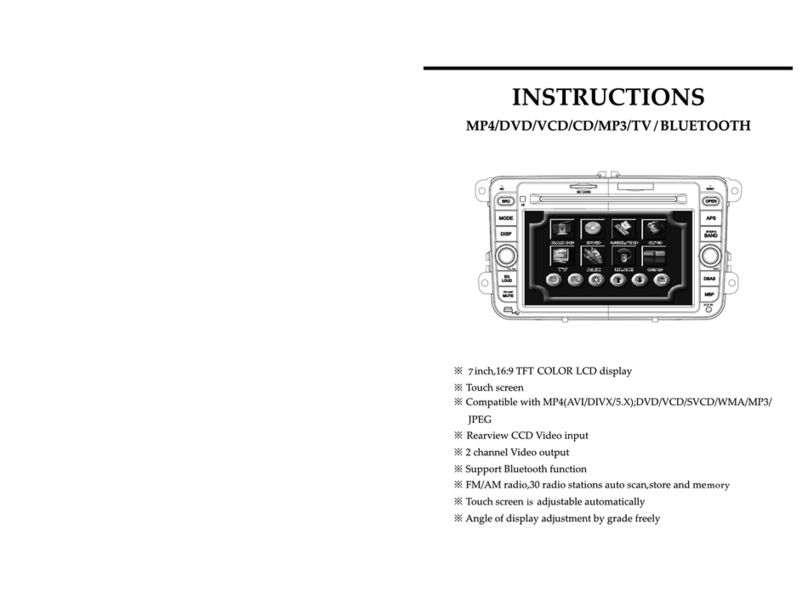Kenwood TM-742 User manual
Other Kenwood Car Video System manuals

Kenwood
Kenwood KOS-L432 User manual

Kenwood
Kenwood KVT-M707 User manual

Kenwood
Kenwood LZH-70W - LCD Monitor - External User manual

Kenwood
Kenwood DDX4019BT User manual

Kenwood
Kenwood DDX7019 - DVD Player With LCD Monitor User manual

Kenwood
Kenwood DDX6029 User manual
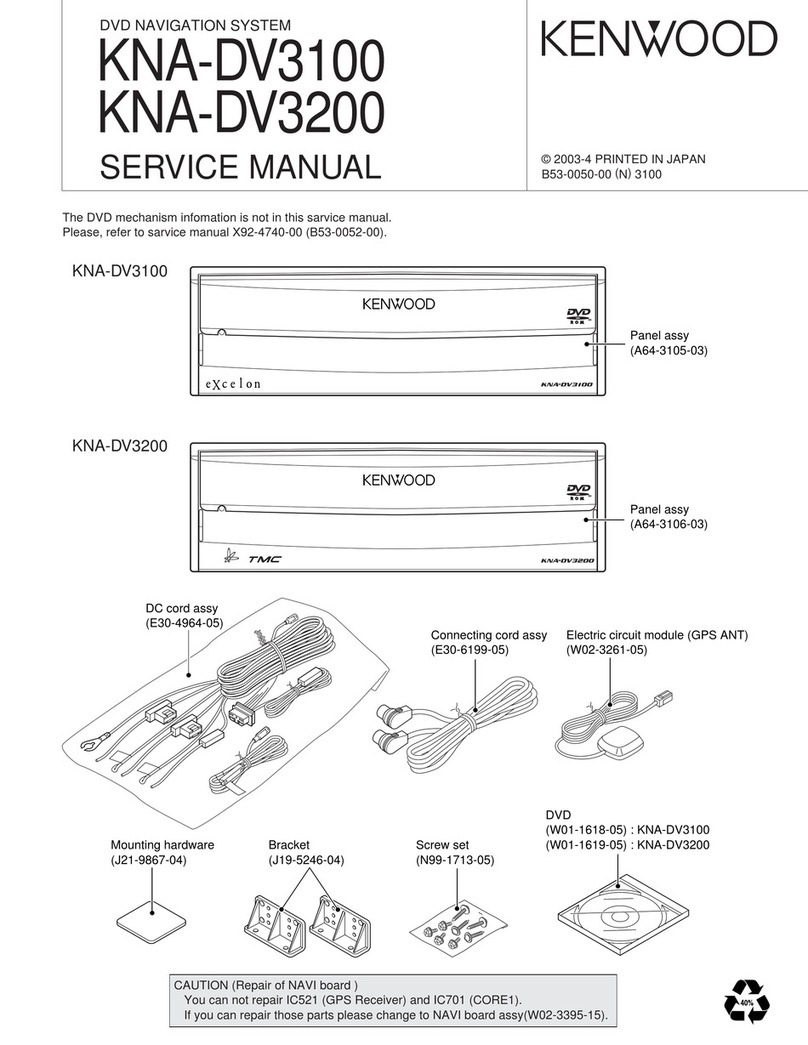
Kenwood
Kenwood KNA-DV3100 User manual

Kenwood
Kenwood DNX891HD Quick start guide

Kenwood
Kenwood DNX6140 - Navigation System With DVD player User manual

Kenwood
Kenwood KVT-819DVD User manual

Kenwood
Kenwood DDX630WBT User manual

Kenwood
Kenwood SK-SYTL1 User manual

Kenwood
Kenwood KVT-696 User manual

Kenwood
Kenwood KVT-837DVD User manual

Kenwood
Kenwood DMX7722DABS User manual

Kenwood
Kenwood KVT-915DVD User manual

Kenwood
Kenwood SK-EXCL1 User manual
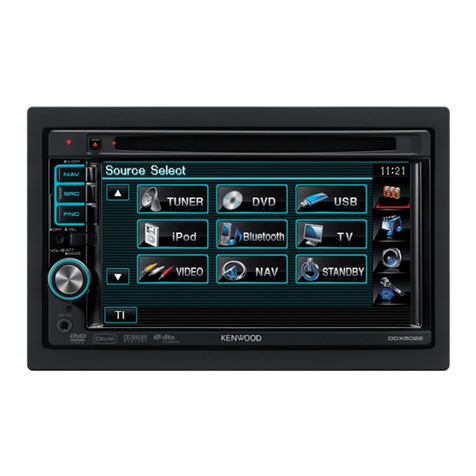
Kenwood
Kenwood DDX5022 User manual

Kenwood
Kenwood DDX7029 User manual

Kenwood
Kenwood DDX7019BT User manual










